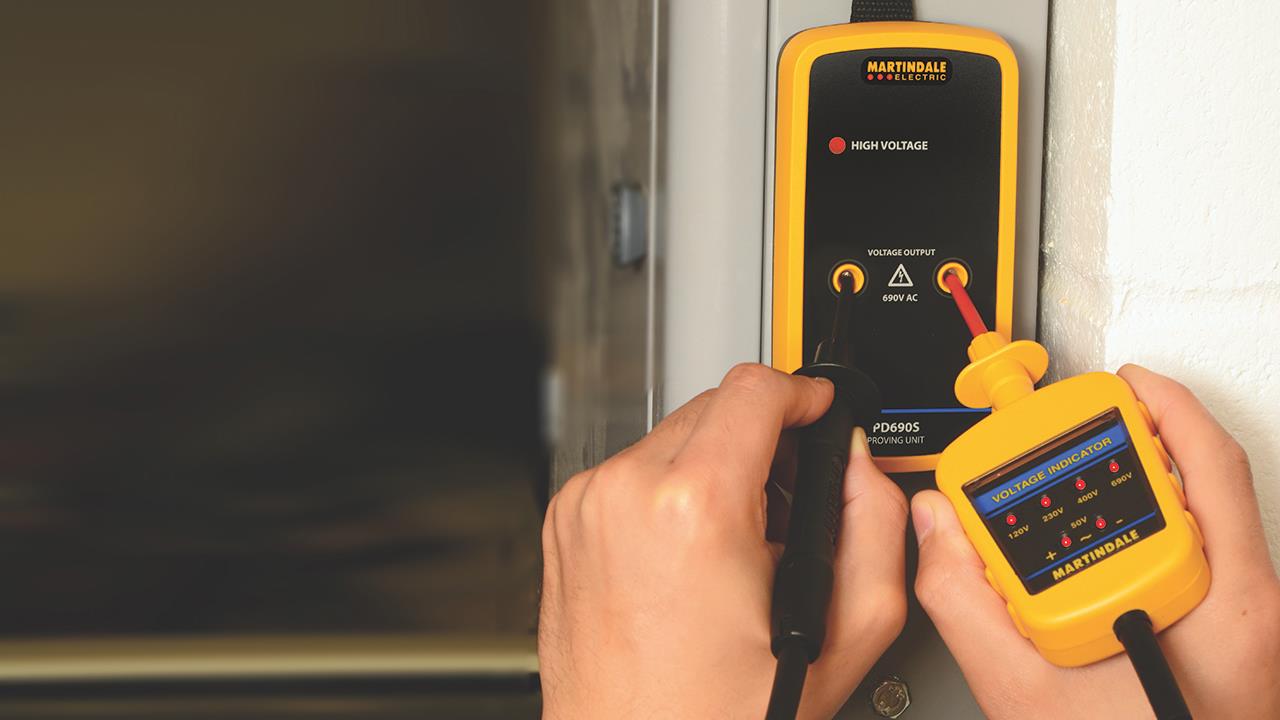

Electricity is a formidable force, one that demands utmost respect and caution. For plumbing and heating engineers, even the smallest of missteps can lead to catastrophic consequences.
Every year, the Health and Safety Executive (HSE) receives numerous reports of electrical accidents, some leaving permanent and life-changing injuries and, tragically, some resulting in loss of life.
The dangers of working with electricity are many and varied, from electric shocks and burns caused by live parts, to injuries from exposure, to arcing, and even the risk of fire or explosion from faulty equipment or installations.
Electric shocks can also cause secondary injuries, such as falls from ladders or scaffolding. The HSE reports are a sobering reminder that safety must always be a top priority when working with electricity.
Clauses in both The Electricity at Work Regulations (EAWR) 1989 and The Management of Health and Safety Regulations at Work Regulations (MHSRW) 1999 require those managing electrical work to take steps to ensure a safe working environment. The EAWR expects those working with electricity:
The MHSRW demands that employers carry out risk assessments before electrical work can begin.
Guidance from Electrical Safety First, the UK charity that works across the electrical industry and government to minimise deaths and injuries caused by electrical accidents, is crystal clear: use a dedicated voltage indicator (VI) and proving unit to confirm that the circuit is dead before starting any work.
Plumbing and heating engineers come in potential contact with electricity every day, when fitting showers, installing kitchens, and working with heat pumps. But safety must always be the number one concern.
That’s why Martindale Electric, a manufacturer of electrical safety equipment, has developed the short, helpful acronym ALIVE. It is an easy-to-remember isolation procedure to help reduce the number of electricity-related injuries and fatalities in the workplace.
A is for Approved Kit. The first step in the ALIVE isolation procedure is to ensure that your equipment is meeting all legal safety standards. Always make sure that the Voltage Indicators (VI) comply with BS EN 61243-3. This will help ensure that your equipment is functioning correctly and that you can detect dangerous voltages in the circuit.
L is for Lock Out. Next, identify the point of isolation – lock it off and place warning tags onto the equipment.
A basic lock-off kit should include a selection of MCB Lock Off devices, a padlock with a unique key, a hasp (if more than one person is working on a system), as well as lock-out tags and warning labels. This will help to prevent anyone from accidentally turning the power back on while work is taking place on the circuit.
I is for Initial Prove. After locking out the equipment, the next step is to test your VI against the proving unit to make sure it is working properly.
It is recommended to use a dedicated proving unit matched to the VI to fully test that all LEDs on all ranges are working. A proving unit is safer than the mains and provides a live source wherever you are working.
V is for Voltage Test. The fourth step in the ALIVE procedure is to use your VI to make sure dangerous voltage levels are not in the circuit you are about to work on. The next step is to test for dangerous voltages on any circuit conductor to be worked on, whether single or three-phase. Verify that the circuit you intend to work on is truly the circuit that you have safely isolated.
E is for Ensure. Finally, prove the VI against the proving unit again before starting to work on the circuit. Re-test your VI is functioning and working correctly to make sure that no damage or fault has occurred to your equipment.
Working with electricity is a high-risk activity that requires caution and safety measures. It is the responsibility of all involved in electrical work to ensure a safe working environment for themselves and others.
By following the ALIVE isolation procedure, the number of electricity-related injuries and fatalities can be reduced, ensuring that everyone returns home safe at the end of the day.
If you'd like to keep up-to-date with the latest developments in the heating and plumbing industry, why not subscribe to our weekly newsletters? Just click the button below and you can ensure all the latest industry news and new product information lands in your inbox every week.